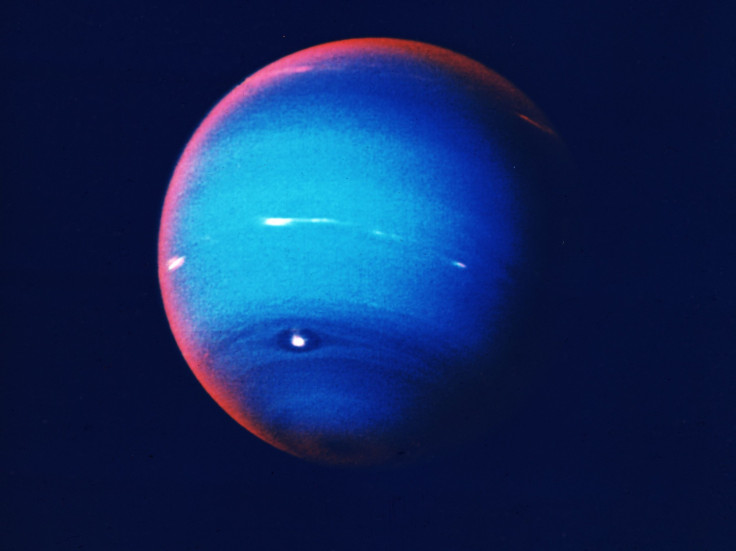New Study Uncovers Properties Of Alien Water In Neptune And Uranus
KEY POINTS
- Scientists created a computer model to study Neptune and Uranus' water
- Water on the gas giants is very different from that on Earth
- Studying water properties can reveal details about a planet's formation
Researchers carried out a new study that investigated the presence of water within the interiors of the gas giant planets Uranus and Neptune. However, the researchers noted that the water in these alien planets is very different from that of Earth.
The researchers conducted their study by creating a computer model that provided a theoretical representation of the internal properties of Neptune and Uranus. Some of the properties they focused on are the thermal and electrical conductivity of the gas giants’ water.
They presented their findings in a new paper published in the journal Nature.
Through the model, the researchers were able to analyze the various properties of the bodies of water that exist in the planet’s cores. Based on their findings, the researchers theorized that the water inside Neptune and Uranus could exist in the form of ice or liquid. It could also be superionic, which is a type of water that exists at extremely high temperatures and pressure conditions.
Although water on Neptune and Uranus could exist in various forms, the researchers noted that it is very different from what can be found on Earth.
“In such exotic physical conditions, we cannot think of ice as we are used to,” the study’s co-authors Federico Grasselli and Stefano Baroni of the International School for Advanced Studies in Italy said in a statement.
“Even water is actually different, denser, with several molecules dissociated into positive and negative ions, thus carrying an electrical charge. Superionic water lies somewhere between the liquid and solid phases,” they added.
Through their study, the scientists believe that the superionic water inside Neptune and Uranus is more electrically conductive than the water found on Earth. This property could be responsible for the formation of the gas giants’ dense inner layers.
The scientists noted that analyzing the thermal and electrical properties of Neptune and Uranus’ water could provide valuable information regarding the planets’ overall formation and development.
“Thermal and electrical conduction dictates a planet's history, how and when it was formed, how it cooled down,” Grasselli and Baroni explained. “It is therefore crucial to analyze them with the appropriate tools, like the one we have developed.”

© Copyright IBTimes 2024. All rights reserved.





















